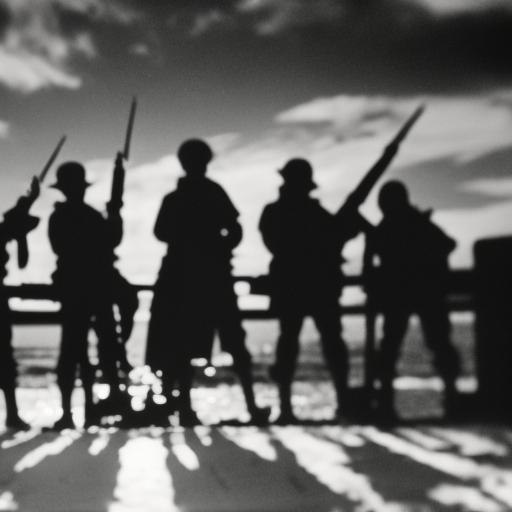Summary:
The Hook and Cod wars were a series of conflicts that took place in the 14th and 15th centuries in the County of Holland, part of the larger region known as the Low Countries. These wars were primarily fought between two factions, the Hooks and the Cods, who were vying for control over the region. The conflicts were characterized by shifting alliances, political maneuvering, and military engagements, ultimately resulting in the consolidation of power by the Hooks.
The Origins of the Conflict:
The origins of the Hook and Cod wars can be traced back to the political and economic tensions that existed in the County of Holland. The Hooks, who were primarily urban merchants and craftsmen, sought to limit the power of the ruling nobility and increase their own influence. On the other hand, the Cods, who were predominantly rural landowners and nobles, aimed to maintain their privileged position and resist the growing influence of the Hooks.
The First Phase of the Wars:
The first phase of the Hook and Cod wars began in 1350 when the Hooks, led by William V, Count of Holland, launched a successful rebellion against the ruling Cod faction. The Hooks gained control over key cities and established their authority in the region. However, their rule was short-lived as internal divisions weakened their position, allowing the Cods to regain power in 1354.
The Second Phase of the Wars:
The second phase of the wars commenced in 1401 when the Hooks, led by William VI, Count of Holland, once again rebelled against the Cods. This time, the Hooks received support from the Duke of Burgundy, who sought to expand his influence in the Low Countries. The conflict escalated into a full-scale war, with both sides engaging in military campaigns and sieges.
The Battle of Vlaardingen:
One of the most significant battles of the Hook and Cod wars was the Battle of Vlaardingen in 1351. The Hooks, led by William V, decisively defeated the Cods, securing their control over the region. This victory marked a turning point in the conflict and established the Hooks as the dominant faction.
The Treaty of Delft:
In 1428, after years of fighting, the Hooks and Cods signed the Treaty of Delft, bringing an end to the second phase of the wars. The treaty recognized the Hooks as the legitimate rulers of Holland and granted them significant political and economic privileges. This marked the final victory of the Hooks and the beginning of their consolidation of power in the region.
The Legacy of the Hook and Cod Wars:
The Hook and Cod wars had a lasting impact on the political and social landscape of the County of Holland. The conflicts highlighted the growing power of urban merchants and craftsmen, who would go on to play a crucial role in the development of the Dutch Republic. Additionally, the wars contributed to the decline of feudalism in the region and the rise of a more centralized and urbanized society.
Conclusion:
The Hook and Cod wars were a series of conflicts that took place in the County of Holland in the 14th and 15th centuries. These wars were fought between the Hooks and the Cods, two factions vying for control over the region. The conflicts resulted in the consolidation of power by the Hooks, who emerged as the dominant faction. The wars had a lasting impact on the political and social landscape of the region, contributing to the rise of urban merchants and craftsmen and the decline of feudalism.












